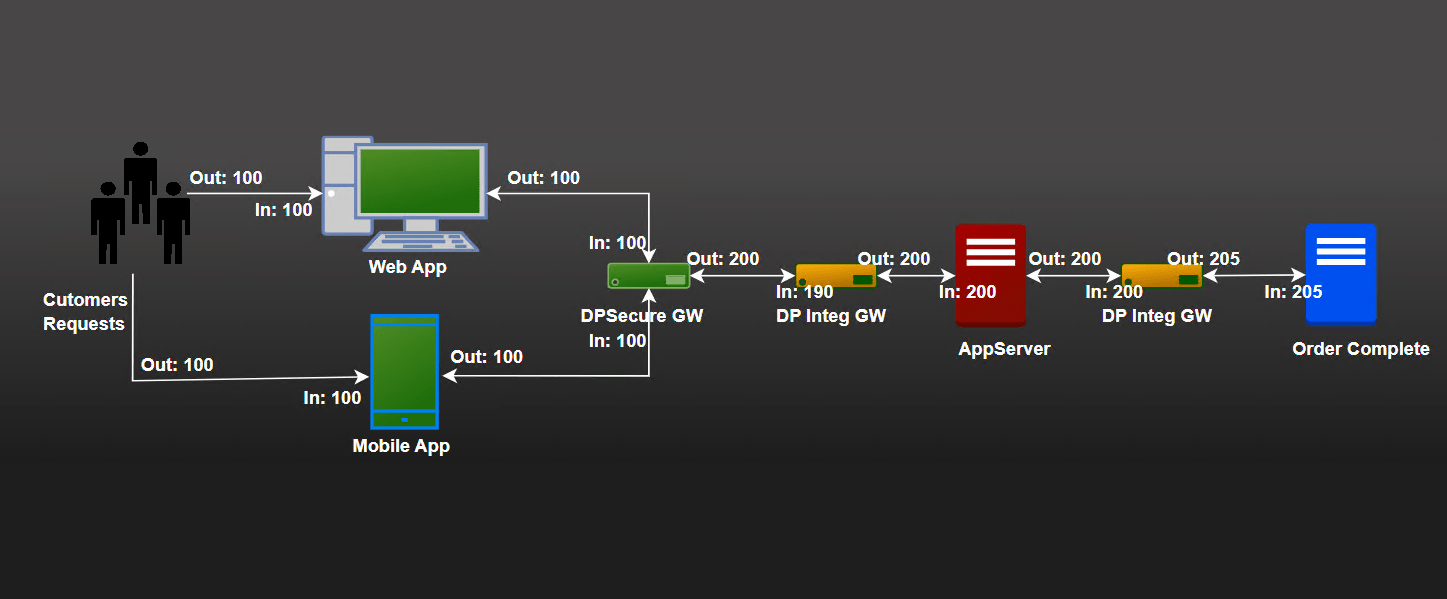Mainframe MQ systems are like the unsung heroes of enterprise tech. They quietly keep critical business functions running smoothly, but they don’t always get the attention they deserve—until something slows down or, worse, grinds to a halt.

There was a time not too long ago, before the cloud was a part of every enterprise technology conversation, when integration work was considered the purview of a specific architecture and engineering group.
If messages failed to send, or services failed to respond, application stakeholders would create a trouble ticket for the integration team to address.

Distributed transaction tracing (DTT) is a way of following the progress of message requests as they permeate through distributed cloud environments. Tracing the transactions as they make their way through many different layers of the application stack, such as from Kafka to ActiveMQ to MQ or any similar platform, is achieved by tagging the message request with a unique identifier that allows it to be followed.

In today’s rapidly evolving technological and business landscapes, staying competitive requires more than just a great product or service. It demands a technological edge that can drive efficiency, innovation, and overall growth. This is where partnering comes into play - it’s like turbocharging your business engine.

Most companies in today’s business landscape that deal with large amounts of data want to integrate their applications so that they can pass data between them seamlessly and easily. Being able to ensure that you can see exactly what is happening at every stage of the process is key, and this is where approaching the process with observability in mind can make a real difference.

When businesses look at how best to understand the performance levels of their platforms, some of the best incident management metrics to look at are Mean Time Between Failures (MTBF) and Mean Time To Resolution (MTTR). These two measurements will give an excellent indication of the health and speed of the system, as well as the ability of the platform to take care of any anomalies that have been detected or to flag them up for others to take action to resolve them.

The Prometheus and Grafana combination is rapidly becoming ubiquitous in the world of IT monitoring. There are many good reasons for this. They are free open source toolkits, so easy to get hold of and try out and so there is a lot of crowd sourced help available online to getting started, and this even includes documentation from the developers of middleware such as IBM MQ and RabbitMQ.

Nastel Technologies – Intelligence from Integration
Leading Global Provider of Messaging Middleware-Centric Performance & Transaction Management

Banking is about financial transactions. These are executed by sending payments and instructions over middleware.

Nastel XRay 1.5 release builds on industry analyst acclaim for leading AIOps & transaction observability vendor.
PLAINVIEW, NY, UNITED STATES, August 19, 2022 /EINPresswire.com/ -- Nastel Technologies, the leader in integration infrastructure management (i2M) solutions, announced today significant enhancements to its versatile AIOps and Transaction Observability solution, including machine learning for integration management, and visualization of business flows and IoT locations.
